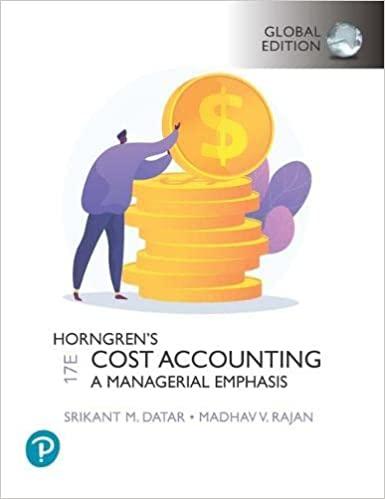
Read the overview below and complete the activities that follow In some ways, written communication is more difficult than oral communication because the writer cannot rely on nonverbal cues such as facial expressions, tone of voice, or body language to support the intent of a message. Consequently, writers need to pay careful attention to wording, style, and communication channel to communicate a professionally written message In this exercise, you will learn the steps of the writing process so that you can carefully and thoughtfully craft your messages The writing process involves three steps: planning, drafting, and revising During the planning stage, the writer determines the goals for writing, analyzes the audience, gathers information analyzes and organizes the information, and chooses a format for delivering the information In the drafting stage, the writer's only job is to get the information from his or her brain into written text. This can be difficult for some writers. The important thing is to be flexible and keep writing-the writing does not need to be perfect at this point, it can be revised later Many writers have favorite strategies such as writing at a particular time of day, writing the easiest part first, or even speaking the message out loud before writing it. Whatever works for you is what you should do The final stage of the writing process-revision-Is reserved for revising, editing, and proofreading to ensure that the content, style, and format are complete, accurate, and professional Though new or inexperienced writers should devote approximately one third of their writing time to each stage of the process, the process itself is RECURSIVE. That is, as writers proceed through the process, they may return to earlier stages or begin the work of a later stage. For example, a writer may begin drafting and discover that he or she needs to gather more information Conversely, the Prev 1 of 11 LH: Next > Read the overview below and complete the activities that follow In some ways, written communication is more difficult than oral communication because the writer cannot rely on nonverbal cues such as facial expressions, tone of voice, or body language to support the intent of a message. Consequently, writers need to pay careful attention to wording, style, and communication channel to communicate a professionally written message In this exercise, you will learn the steps of the writing process so that you can carefully and thoughtfully craft your messages The writing process involves three steps: planning, drafting, and revising During the planning stage, the writer determines the goals for writing, analyzes the audience, gathers information analyzes and organizes the information, and chooses a format for delivering the information In the drafting stage, the writer's only job is to get the information from his or her brain into written text. This can be difficult for some writers. The important thing is to be flexible and keep writing-the writing does not need to be perfect at this point, it can be revised later Many writers have favorite strategies such as writing at a particular time of day, writing the easiest part first, or even speaking the message out loud before writing it. Whatever works for you is what you should do The final stage of the writing process-revision-Is reserved for revising, editing, and proofreading to ensure that the content, style, and format are complete, accurate, and professional Though new or inexperienced writers should devote approximately one third of their writing time to each stage of the process, the process itself is RECURSIVE. That is, as writers proceed through the process, they may return to earlier stages or begin the work of a later stage. For example, a writer may begin drafting and discover that he or she needs to gather more information Conversely, the Prev 1 of 11 LH: Next >







